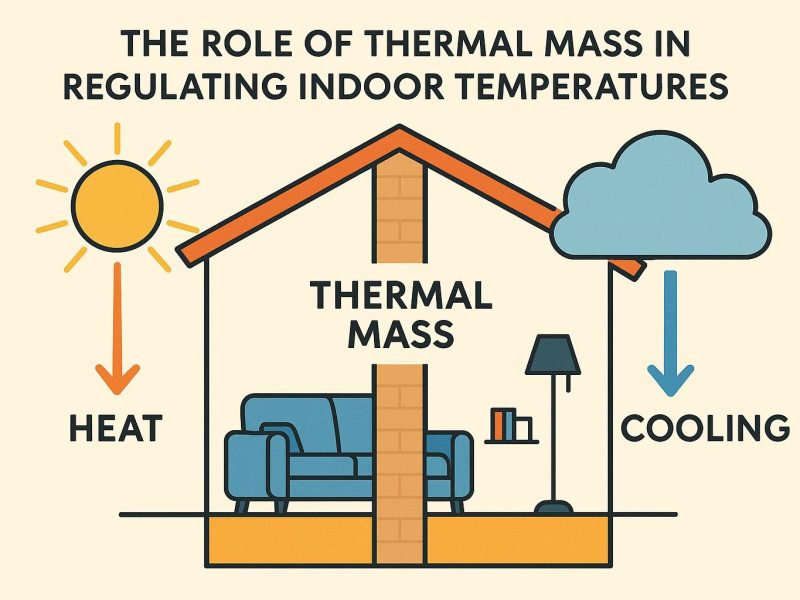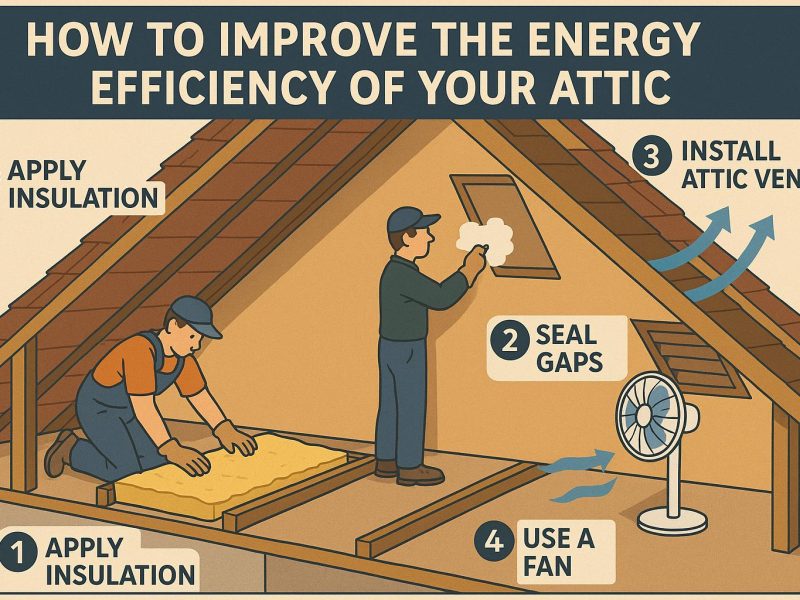Understanding Energy Efficiency in Kitchens
Creating an energy-efficient kitchen involves designing and implementing practices that minimize the amount of energy consumed while maintaining functionality and convenience. This approach not only conserves energy but also reduces utility costs and promotes a more sustainable environment. In this expanded discussion, we will delve deeper into the various aspects of creating an energy-efficient kitchen, including appliances, cooking practices, lighting, water conservation, and general energy-saving tips.
The Role of Appliances
Appliances are integral to any kitchen, and a significant portion of energy consumption stems from their use. It is crucial to select appliances that are not only functional but also energy-efficient.
Choosing Energy Star Appliances
One of the simplest ways to improve energy efficiency in the kitchen is by selecting appliances that carry the Energy Star label. These appliances have been tested and verified to meet rigorous energy efficiency standards set by the U.S. Environmental Protection Agency and the Department of Energy. Such appliances consume less energy during operation and even in standby mode, contributing to reduced energy bills. For further insights into these appliances and their benefits, the official Energy Star website provides comprehensive information.
Refrigeration Considerations
Refrigerators often account for a significant portion of energy usage within households, making them a key focus when optimizing for energy efficiency. Opting for refrigerator models with advanced insulation, efficient compressors, and automatic temperature controls can greatly minimize energy consumption. Moreover, regular maintenance plays a crucial role in efficiency. Ensuring that refrigerator coils are clean and the door seals are tight can lead to substantial energy savings.
Efficient Cooking Practices
Cooking is another area where energy efficiency can be optimized through various methods and practices. Choosing more efficient appliances and adopting smarter cooking techniques can reduce energy consumption significantly.
Use of Microwave and Convection Ovens
Microwaves and convection ovens are often more energy-efficient alternatives to traditional ovens, largely due to their shorter cooking times. Microwaves cook food faster by targeting the water molecules directly, while convection ovens use a fan to distribute heat evenly, allowing food to cook more efficiently and quickly.
Stove Efficiency
Induction cooktops are an energy-efficient choice for cooking. Unlike traditional gas or electric stoves, induction cooktops transfer heat directly to the cookware using electromagnetic energy, which minimizes wasted heat and energy. On the other hand, if gas stoves are used, it is essential to keep the burners well-maintained to prevent heat loss through uneven flames or blocked burners. This ensures that the maximum amount of energy is directed towards cooking the food rather than being lost to the surroundings.
Lighting Optimization
Lighting in kitchens can contribute significantly to energy usage if not optimized. By making strategic choices about lighting, it is possible to reduce electricity consumption while maintaining a well-lit, functional space.
LED Lighting
Switching to LED lights is a practical and effective way to enhance kitchen energy efficiency. LEDs consume considerably less energy compared to traditional incandescent or fluorescent lights. Additionally, they have an extended lifespan, which means they do not require frequent replacements, leading to further savings on both energy and maintenance costs.
Natural Light Utilization
Maximizing the use of natural light can significantly reduce the need for artificial lighting during the day. Strategic window placement, such as positioning windows to allow direct sunlight in the areas where it’s most needed, can be very effective. Additionally, using lighter shades for kitchen finishes can help reflect natural light, enhancing the overall brightness of the kitchen space without relying on artificial lighting.
Water Conservation
Water usage in the kitchen also impacts overall energy consumption, especially when it comes to heating water. Implementing water-saving measures can have a significant effect on energy efficiency.
Efficient Fixtures
Installing efficient fixtures such as faucet aerators and low-flow fixtures is a simple and cost-effective way to reduce water use without sacrificing performance. These fixtures limit the flow of water, consequently reducing the amount of hot water used and the energy required to heat it.
Hot Water on Demand
Installing systems such as hot water recirculation or instant hot water dispensers can minimize the energy wasted in keeping water hot unnecessarily. These systems ensure that hot water is available immediately at the point of use, reducing the time spent letting water run to reach the desired temperature.
General Tips for Energy Saving
Beyond specific appliances and practices, adopting certain habits can contribute to reducing energy consumption in your kitchen. These practices further enhance sustainability and cost savings.
Regular Maintenance
Regular maintenance of all kitchen appliances is critical to ensuring they operate efficiently. This includes periodically cleaning appliances, like ovens and dishwashers, and inspecting them for any signs of inefficiency, such as unusual noises or sporadic temperature control functions. Addressing these issues promptly can prevent excessive energy consumption and prolong the lifespan of the appliances.
Sensible Usage
Adopting sensible usage patterns also plays a significant role in energy conservation. For example, ensuring refrigerator doors are closed properly prevents warm air from entering, which would otherwise require additional energy to cool. Using dishwashers only when full reduces the frequency of operation and the associated energy use. Additionally, unplugging appliances that are seldom used can prevent energy consumption in standby mode, contributing to overall energy savings.
By integrating these strategies, individuals can create a kitchen that operates both efficiently and sustainably. This not only benefits the environment but can also lead to substantial cost savings on energy bills over time. The cumulative impact of these small changes can be significant, leading towards a more sustainable and energy-efficient approach to modern living.



